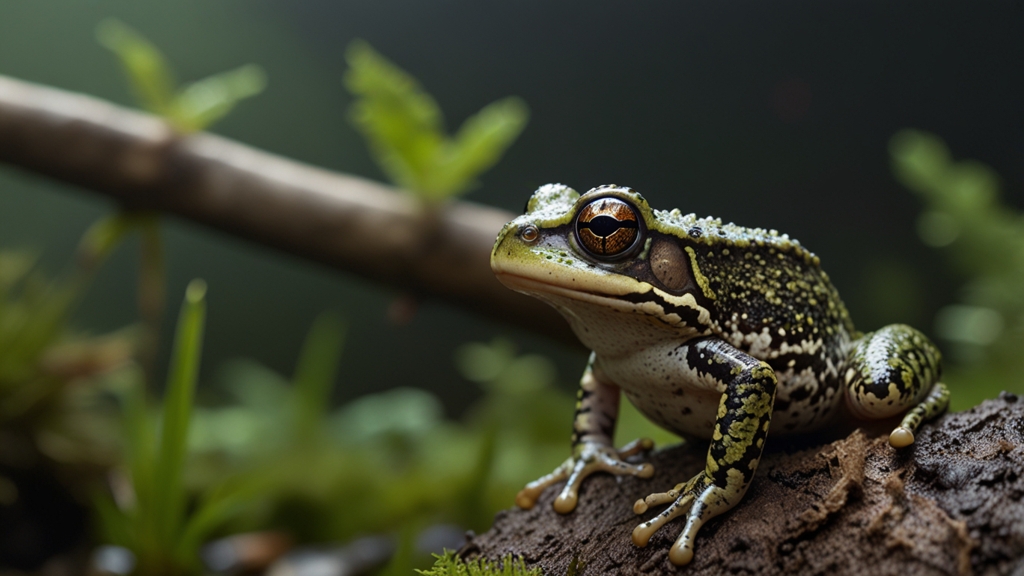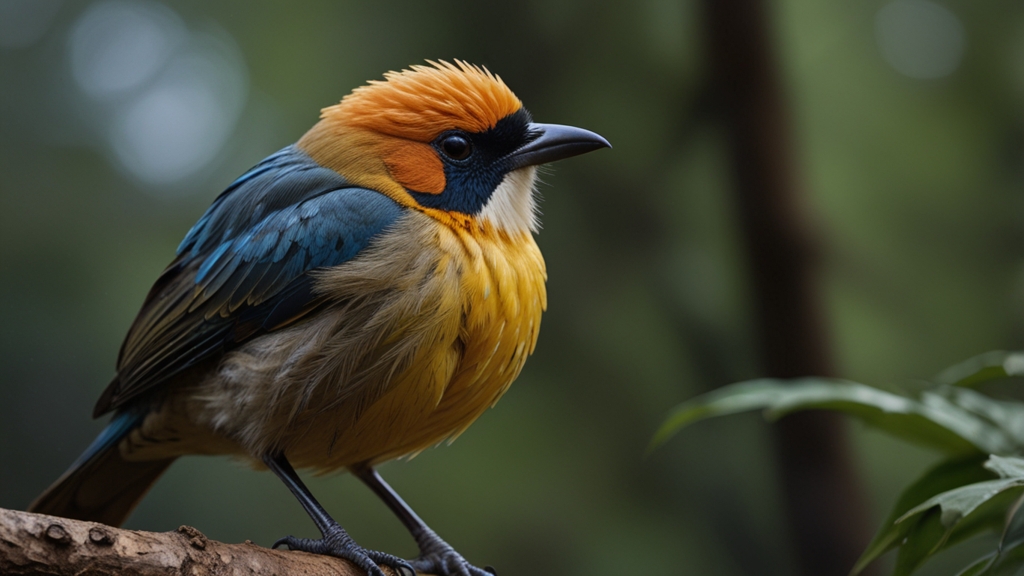The Unforgettable Evolutionary Journey of Amphibians
Amphibians have been on an incredible evolutionary journey that spans hundreds of millions of years. These remarkable creatures serve as key indicators of ecological health and continue to intrigue scientists with their unique adaptations and life cycles. From humble beginnings in ancient aquatic environments to their present-day biodiversity, the story of amphibians is one of resilience and adaptation.
Origins in the Devonian Period
The evolutionary story of amphibians begins around 370 million years ago, in the Devonian Period, often referred to as the "Age of Fishes." It was during this time that the first vertebrates made their way from water to land. Lobe-finned fish, equipped with fleshy, lobed pectoral fins and rudimentary lungs, ventured into shallow waters and mudflats, marking the initial steps toward life on land.
The transitional species, Tiktaalik, is one of the most famous examples of this evolutionary leap. Sporting both fish and tetrapod characteristics, Tiktaalik possessed a flat skull, sturdy ribs, and limb-like fins, embodying the bridge between aquatic and terrestrial life.
Rise of the Early Amphibians
Following their emergence from the waters, these early vertebrates diversified rapidly. The descendants of these pioneering creatures gave rise to the first true amphibians during the Carboniferous Period, roughly 360 to 290 million years ago. Climate conditions during this era were ideal, with warm temperatures and extensive swampy habitats teeming with plant life, providing ample sustenance and shelter.
Early amphibians such as Ichthyostega and Acanthostega exhibited both aquatic and terrestrial adaptations. They had gills and limb structures suited for land navigation, marking significant evolutionary progress. These early amphibians laid the groundwork for future evolutionary advancements that would further refine their ability to thrive in varying environments.
Adapting to Land: Unique Innovations
The shift from water to land necessitated several key adaptations. One crucial innovation was the development of permeable skin, which allowed for cutaneous respiration. This ability to breathe through their skin enabled amphibians to exploit both aquatic and terrestrial niches. Additionally, evolving lungs provided respiratory flexibility that was vital for survival on land.
Amphibians also developed unique reproductive strategies to navigate the challenges of terrestrial life. Many species lay gelatinous eggs in water, where the embryos undergo aquatic larval stages before undergoing metamorphosis into their adult forms. This dual-stage life cycle, involving both aquatic and terrestrial phases, exemplifies the adaptive ingenuity of amphibians.
"The life cycle of amphibians, with its remarkable transformation from tadpole to adult, is a profound testament to the evolutionary plasticity and resilience of these creatures." - Dr. Jane Goodall
Modern-Day Diversity and Ecological Roles
Today, amphibians are represented by more than 7,000 species, encompassing frogs, toads, salamanders, and caecilians. They inhabit varied ecosystems ranging from tropical rainforests and temperate woodlands to arid deserts. Through their diverse forms and behaviors, amphibians play crucial roles in their ecosystems, acting as both predators and prey.
Amphibians are also sensitive environmental indicators due to their permeable skin and complex life cycles. They are often the first to signal ecological disturbances, such as pollution or climate change, making them invaluable for monitoring ecosystem health.
Conservation Challenges and the Future
Despite their evolutionary success, amphibians face numerous conservation challenges. Habitat destruction, climate change, disease, and pollution have led to significant declines in amphibian populations worldwide. Conservation efforts, including habitat preservation, disease management, and captive breeding programs, are vital to ensuring the survival of these irreplaceable species.
The evolutionary journey of amphibians is a testament to the resilience and adaptability of life on Earth. Their continued survival depends on our collective efforts to protect and preserve the delicate ecosystems they inhabit. By understanding and appreciating the remarkable history of amphibians, we can better appreciate the interconnectedness of all life forms and the importance of conservation in safeguarding our planet's biodiversity.









